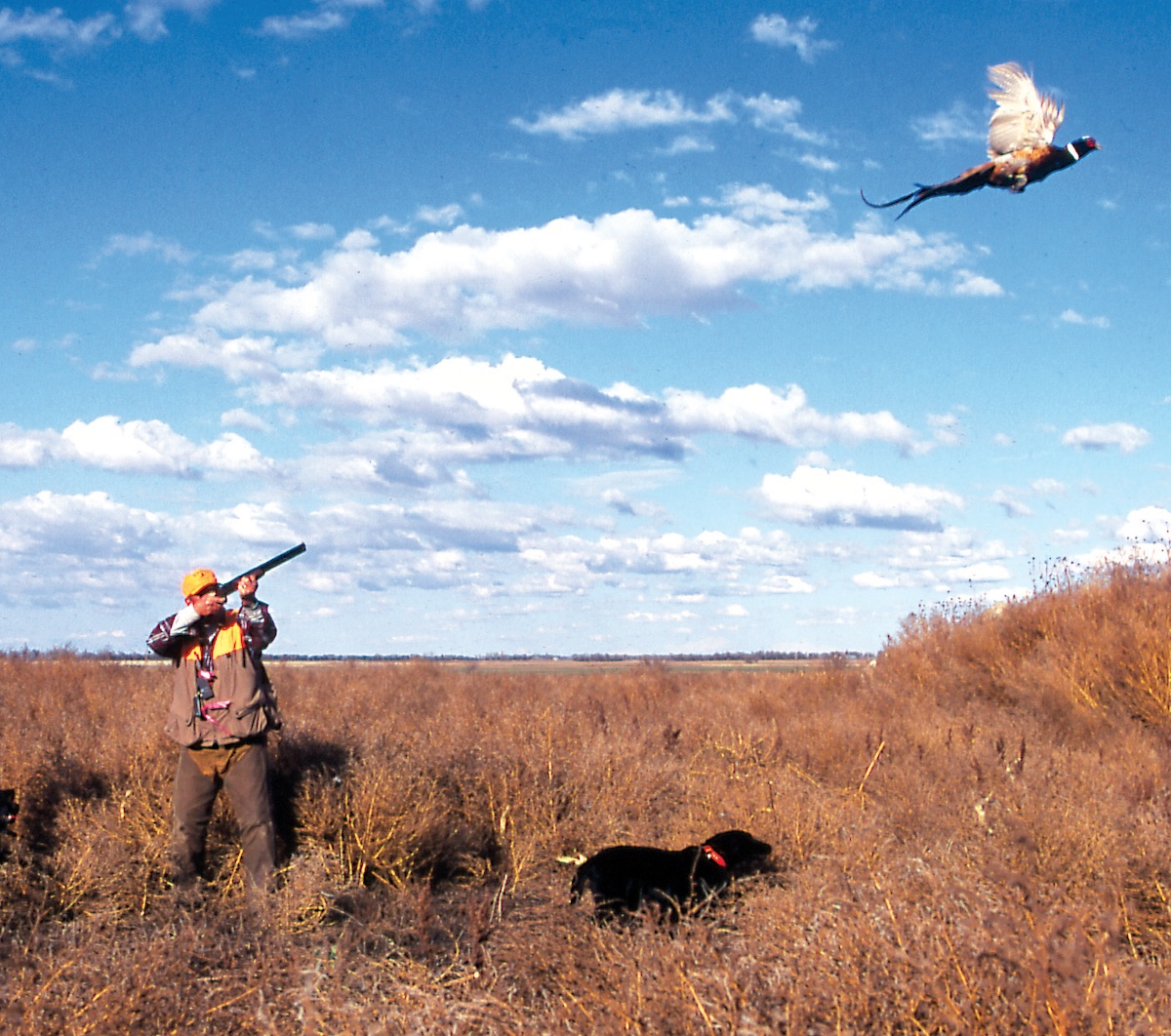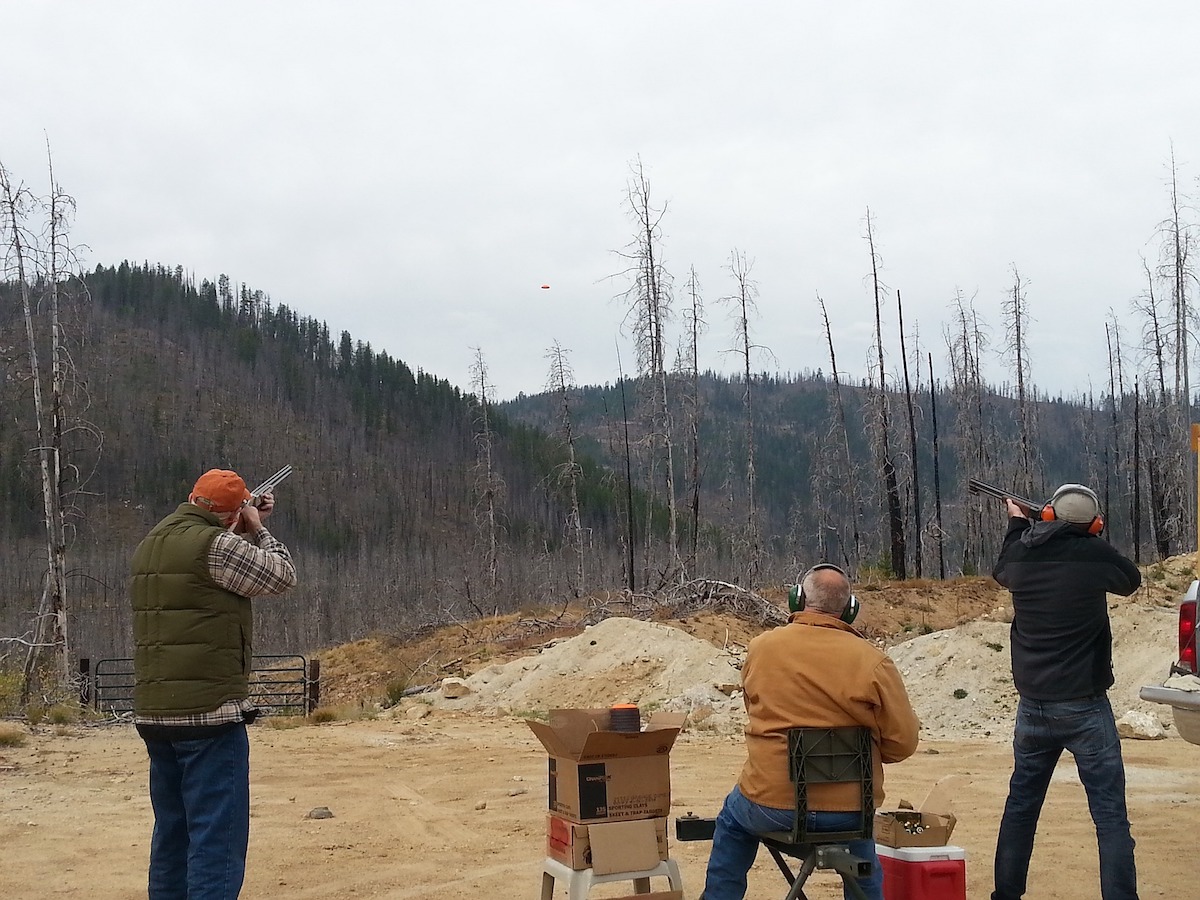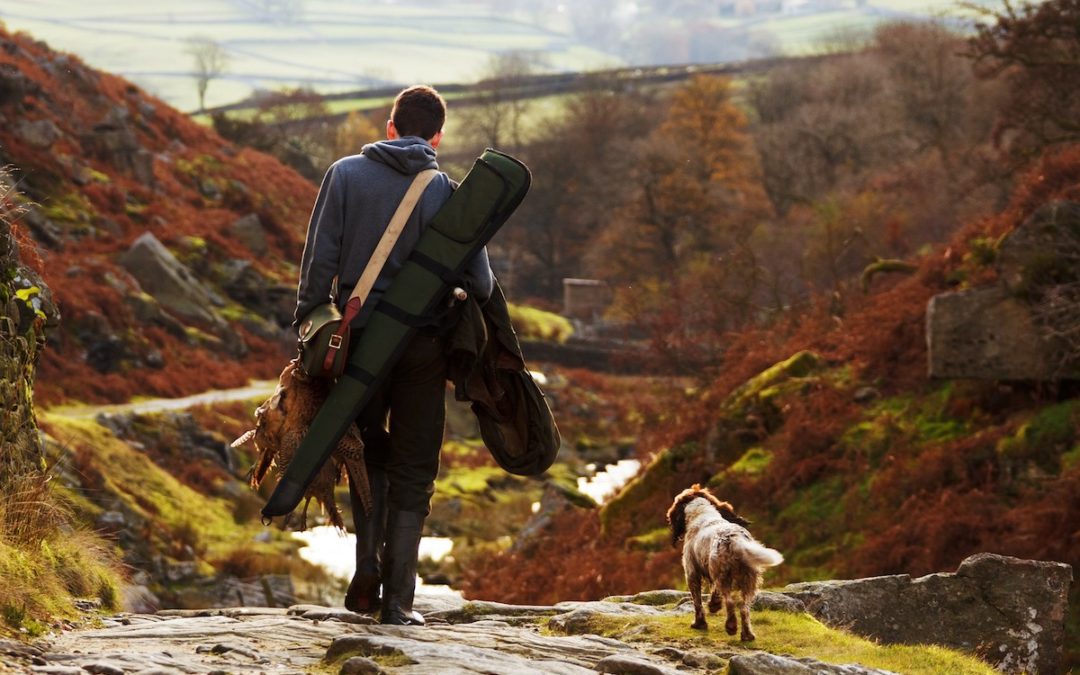Autumn is coming hard now. For those of us who follow the gun and dog, it won’t be long before the gnats and mosquitos are replaced by quail and doves and ducks and geese and we’ll be ready for some good shooting.
This time of year I typically get a lot of questions about the nuts and bolts of shotguns and shooting. The best advice I ever give folks is to find a copy of Bob Brister’s timeless book, Shotgunning: the Art and Science. Read it slowly, front to back, and then read it again. Brister knew more about shotguns than the rest of us combined and, when you finish, you’ll have a whole new understanding of how shotguns work and how to shoot them.
Recently a whole crowd of us got to yammering about the subject the other day at the local gun club. Between the BS and the wild fire, I was lucky not to slip down or get hit by a ricochet.
Anyway, the conversation got me to ruminating about what I really did know about hitting birds with a shotgun. After a couple days of head scratching, I came up with a hodge-podge of “do’s and don’ts” that covers a fair portion of the waterfront.
It goes without saying that we are prolific missers and it would be impossible to cover all the reasons that we miss in a column format. On the other hand, there are some obvious places where shotgunners often go astray. I decided to pick a few favorite topics and run with ’em.

I guess that (at least on this day) if you asked me why folks don’t shoot well and what they can address that will help them improve, I’d say that a whole lot of it starts with the gun. And a lot of it falls into three categories: Fit, balance and consistency. Of course, practice makes perfect. Assuming that you take care of the first three elements, the more you shoot, the better you’ll get. I think I know why that’s the way it is, but again, my opinion is based on experience, not science.
Fit begins with the gun itself. I know that I beat this topic into the ground, but it really is that important. Johnny Cochran would probably say, “If the gun doesn’t fit, you just can’t hit!”
Since a shotgun isn’t aimed in the way that a rifle is, it needs to fit properly. Otherwise, you’ll never shoot it as well as you could. Gun fit is mainly a matter of stock dimensions. The stock places the pupil of your master eye in relation to the rib and front bead, so the gun lines up the way you want it to. Of course, you aren’t supposed to look at your front bead when shooting, but I’m convinced that we all subconsciously see it in our peripheral vision and that the master eye functions in a way that is analogous to the way that a rear sight does on a rifle. That allows our brain to confirm what our hands tell us about where the gun is pointing.
Stock length, pitch, drop and cast all contribute to how well your stock works.
Gun fit also affects the way that your gun mounts and swings. If your stock is too long or too bulky, it’s not going to shoulder quickly or smoothly, and you won’t be able to settle down to the business of acquiring your target. If it’s too short, you’re probably going to find that it is uncomfortable to shoot. That’s a great way to acquire a flinch.
Because gun fit is so important, swapping guns all the time like I do is terrible for your shooting. You’ll be much better off if you get one gun and monkey around with it until it fits. Then use it as much as you can.
The word “fit” applies in a couple of other ways, too. Your gun needs to fit the job. You don’t want to use an eight-pound clays gun to shoot woodcock, any more than you want to use a six-pound woodcock gun to shoot a round of competitive trap. You’ll be considerably handicapped in either case.
It almost goes without saying that your load needs to fit the job, too. Heavy loads of 4s aren’t ideal for quail any more than light loads of 9s are for geese. The load wouldn’t fit the task at hand. You’d be surprised how often I see this sort of mistake in the field.
There is always a delicate balance to be had between choice of choke and shot size. You have to use shot that is heavy enough to break down whatever bird you’re hunting. At the same time, you have to be aware of pattern density. Fine shot produces thicker patterns, but doesn’t carry as much momentum down range.
The word balance also has several different meanings. Of course, it applies to the gun itself. And that’s probably the most subjective of all the elements. I’ve never seen “good balance” well defined because it means different things to different people. Folks are different. They’re large, small, strong, weak, big framed and tiny. We all hold a gun differently and have different, subjective feelings about what a moving shotgun should feel like. To me, a well-balanced gun is one that mounts easily, without any fuss, then moves quickly and effortlessly, with enough momentum to carry the barrels through the moving target. Follow-through is just as important in shooting as it is in golf, baseball or any other sport.

I start to get comfortable with a gun that balances between my hands. If it carries slightly more weight in the leading hand, I’m able to track and follow through better on crossing shots. If the balance is too forward, the gun gets clumsy. If it’s too far back, the gun will be flighty and too easy to stop.
When you get your fit and balance right, you’ll start to notice that you’re killing birds that you thought you’d missed. That’s a great day, because you can quit blaming the gun.
Balance also applies to your stance. You can’t shoot well if you’re off balance. Get your feet under you, spread them slightly—to the point that you’re comfortable. When you feel that you’re solidly balanced, step toward the target with your leading foot and let fly.
Then do it the same way every time. At this point, any changes you make will adversely affect the result. Refine your mount and swing until it works for you, then do it till it’s automatic.
Experience tells me that the human brain doesn’t really “compute” the lead required to make a shot. There are simply too many variables of angle and speed. It seems that over time, the brain builds a subconscious memory bank of hits and misses, angles and speeds.
When a bird flushes, the brain instantly recalls: The last time . . . I saw a shot . . . about like this . . . I shot just about . . . there! It may be awkward to explain, but the brain goes through the process instantly, and if you have your fit and balance issues together and you’ve developed consistency, all you need is a good memory bank of experiences to draw from. The more you shoot, the better you’ll get. That’s why there are so many old geezers out there who are simply lethal with a shotgun. I’m not going to claim for a minute that there’s any science behind this humble opinion, because there isn’t. There is, however, a lifetime of experience.




